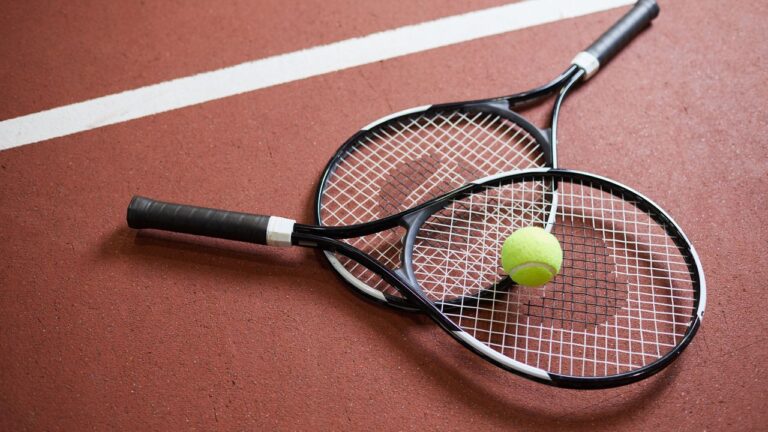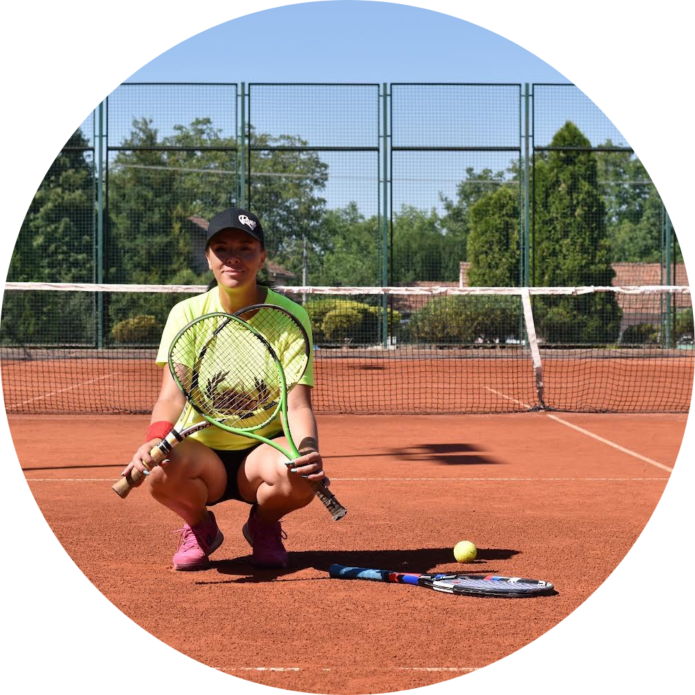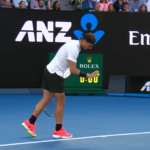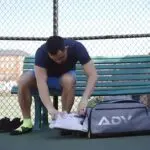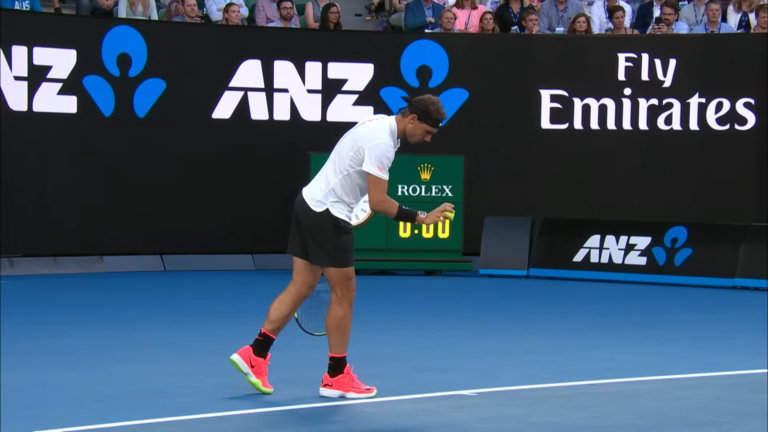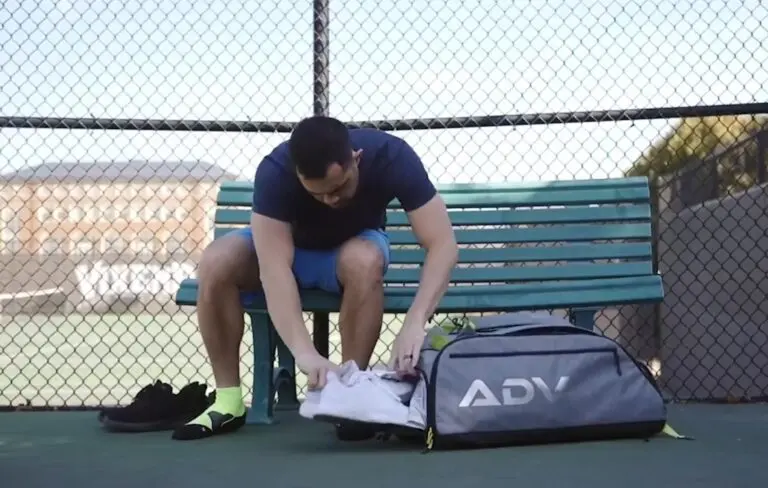Of all the recreational activities, tennis is probably the healthiest. Tennis is healthy for your cardiovascular system, joints, bones, tendons, and generally for the whole body. Also, the risk of injury is much lower compared to basketball, for example, because you have no physical contact with an opponent. So even if an injury occurs it is mostly a grade 1 muscle strain and not some serious injury like an ACL tear or bone fracture. Not to be overlooked is how interesting and dynamic tennis is.
The general opinion is that tennis is an expensive sport, but in real situations is different. Tennis is certainly one of the most expensive sports if we talk about professional tennis. But recreational tennis is not expensive at all. All you need are tennis shoes and a racket. Choosing shoes is easy, but is a bit more demanding. The first thing to determine when buying a racket is the grip size. In this article, learn how to choose the ideal grip size, but also find out more about other important characteristics of the racket.
Tips for determining the right grip size
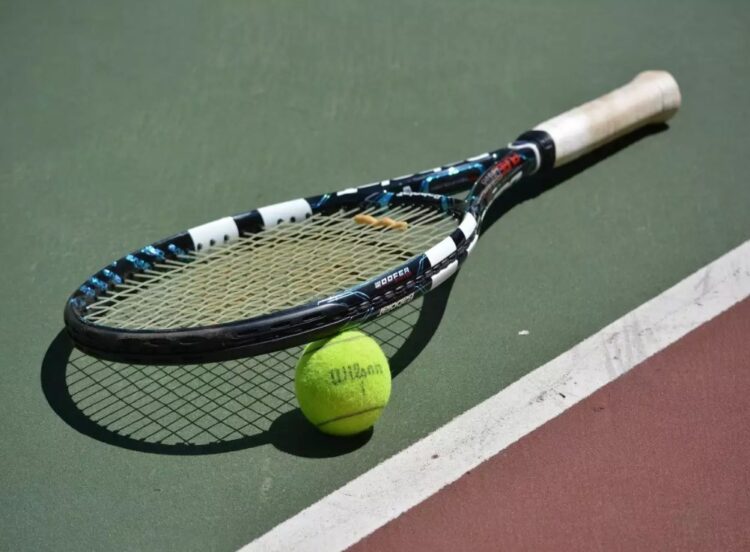
The grip has the biggest impact on the game, especially for amateurs. If it is too small or too big, not only your level of play will suffer, but also your wrist and elbow, so an injury may occur or a chronic condition known as tennis elbow may occur. The next few tips will help you choose the best grip size.
1. Index finger test
This is the simplest way to choose the right grip when buying a tennis racket. You should hold the racket with the Continental grip, which is often called the “handshake grip”. There are three other grip variations, namely Eastern grip, Semi-Western grip, and Western grip. In this case, we need the Continental grip. Once you do that, see if there is room between your fingers and hands. There should be enough space to fit the index finger. If you can’t fit the index finger between your fingers and hands, it means you need a bigger grip, and if there’s too much space, you need a smaller grip.
2. Ruler test
If you have found a racket that you want to buy at sportsuncle.com and want to order it right away, but you do not have a racket near you to perform the Index finger test, a ruler can help you. While it’s not 100% the same as when you hold a racket, it’s very similar. Extend the fingers and keep them together. Then place the ruler in line with your middle finger and measure from the tip of the index finger to the middle of the palm. That way you will know which grip size to order.
3. Overgrip
Overgrip is a tape you should wrap around the grip of a racquet, to absorb sweat and make the racket more comfortable to play. Also, overgrip has a role to reduce wear and tear on the original grip, and overgrip should be changed relatively often, depending on how often you play. Overgrip can also play a role in increasing circumference. Many buy a smaller grip and then use a few overgrips to increase circumference and get a softer grip. So if you’re in between sizes, which is often the case, choose a smaller rather than a larger size. The reason is very simple. You can make the grip thicker with the help of the overgrip, but you can’t make it thinner.
4. Tip for advanced players
If you are an advanced player, you don’t have to stick so much to the results obtained after the Index finger or Ruler test. For example, Rafael Nadal plays with grip 2 (4 1/4) which is extremely small for men. But it suits his style of play, and the strength of his forearm and hand allows him to control such a small grip and have no problems with his tennis elbow. So if a smaller or larger grip than the preferred size suits your style of play, go for it. Just make sure your muscles and tendons can handle it.
Other things to consider when buying a tennis racket
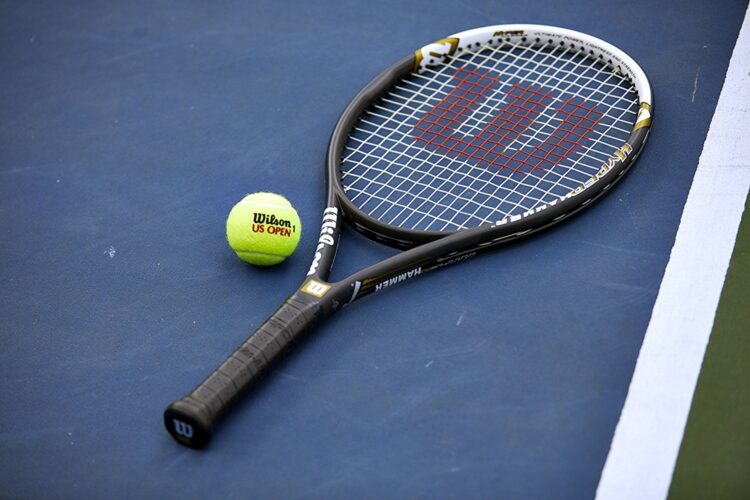
Although most important, grip size is not the only thing to consider when buying a racket.
Balance
The racket can be headlight, balanced, or head heavy. When it is the headlight, it means that the weight is distributed more near the handle, and the head heavy that the weight is closer to the head of the racket. In today’s tennis, mostly everyone uses headlight rackets or balanced ones because with them you can be the more accurate. Head-heavy rackets are great for the attacking style of tennis, but today tennis is much more based on defense and high, heavy topspin groundstrokes. Balance is expressed in millimeters. 340 mm is a balanced racket, less than that is the headlight, and more than that is head heavy.
Weight
Weight racket is an extremely important thing to consider. The rackets weigh from 240 to 350 grams, and there are heavier and lighter models than that, although such models are rare. Professionals most often use a racket between 290 and 320 grams. A few decades ago pros used rackets weighing 400 grams, but since then the style of tennis has changed significantly. If you are a beginner, a weight between 240 and 270 grams is recommended. As you progress, you will probably want to buy a heavier one, for example about 300 grams such as Babolat Pure Aero. Heavier rackets like the Head Gravity Pro used by Zverev require even more skill and strength.
Head size
A larger racket head will allow you to generate more powerful strokes, but accuracy will be compromised. That is why it is best to use a racket whose head is about 100 in2 because that way you will be able to hit both powerful and precise.
Conclusion:
The string pattern is another feature that varies from racket to racket, but whether the pattern is 18 × 20 or 16 x 19 is not something that an amateur will feel in the game. What you can change whenever you want are strings as well as strings tension. Over time, you will find out which strings and tension give you the best balance between power and control. In case your elbow starts to hurt, reduce the tension of the strings.

